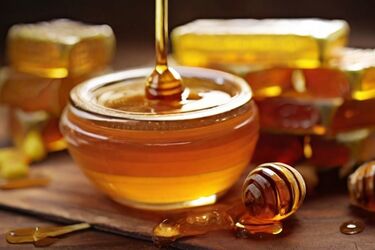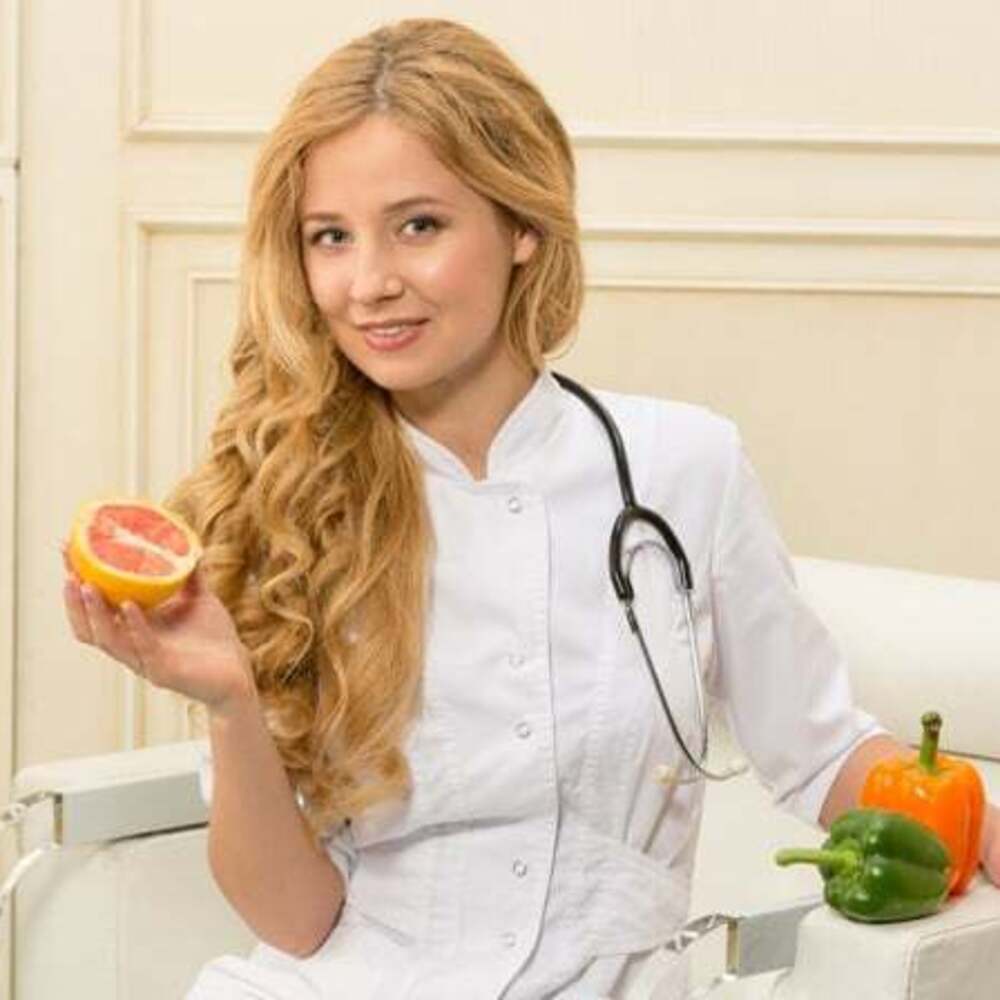What kind of honey is healthy: how to distinguish a fake

BLOG
I will briefly remind you of useful information about honey from Valeriy Fedorovych, an experienced beekeeper, member of the Union of Beekeepers of Ukraine, who answered frequently asked questions about honey: how to choose, which is better, how to distinguish a fake.
1. A number of useful components of honey begin to break down at temperatures above 40 degrees, because the product is rich in enzymes, and enzymes are amino acids that can not withstand high temperatures. If when consuming honey, you want to preserve all the nutrients - do not heat it above 40'C. But if you like to add it to hot tea/coffee/baked goods - don't worry, honey doesn't turn into "toxins", as it is often talked about lately.
2. Tips on how to distinguish honey from a fake, like "spoon the honey on a spoon" or "look at the trickle of honey" do not work. Masters will qualitatively fake any consistency of pseudo-honey. The only guarantee of a real product is a trusted beekeeper. Also important, it is better to take honey zakristalizatsii (if in September, October) - and liquid is better not to take, if you are not sure of the manufacturer. Fake and color, and taste, and smell, and consistency. Even an experienced beekeeper will not distinguish!
3. A beekeeper cannot have more than three types of honey per season. It is technically almost unrealistic. If you see up to 20 types of honey at a beekeeper's exhibition, avoid buying the product from him.
4. Before one year of age, the child does not have enough enzymes to digest honey, so sweeten drinks/food very carefully.
5. The caloric value of honey and sugar is almost the same, but the nutritional value is strikingly different. honey is 400-500 components.
6. The daily maximum(!) norm of honey is considered - for an adult 1 g per kg of body weight, children 0.5 g per kg. but of course, you should take into account the individual characteristics of the body.
7. According to research, the most useful honey - field. And I like a spoonful of linden, acacia, buckwheat, but I eat it very rarely....
What kind of honey do you like? Or do you not eat it for some reason?

